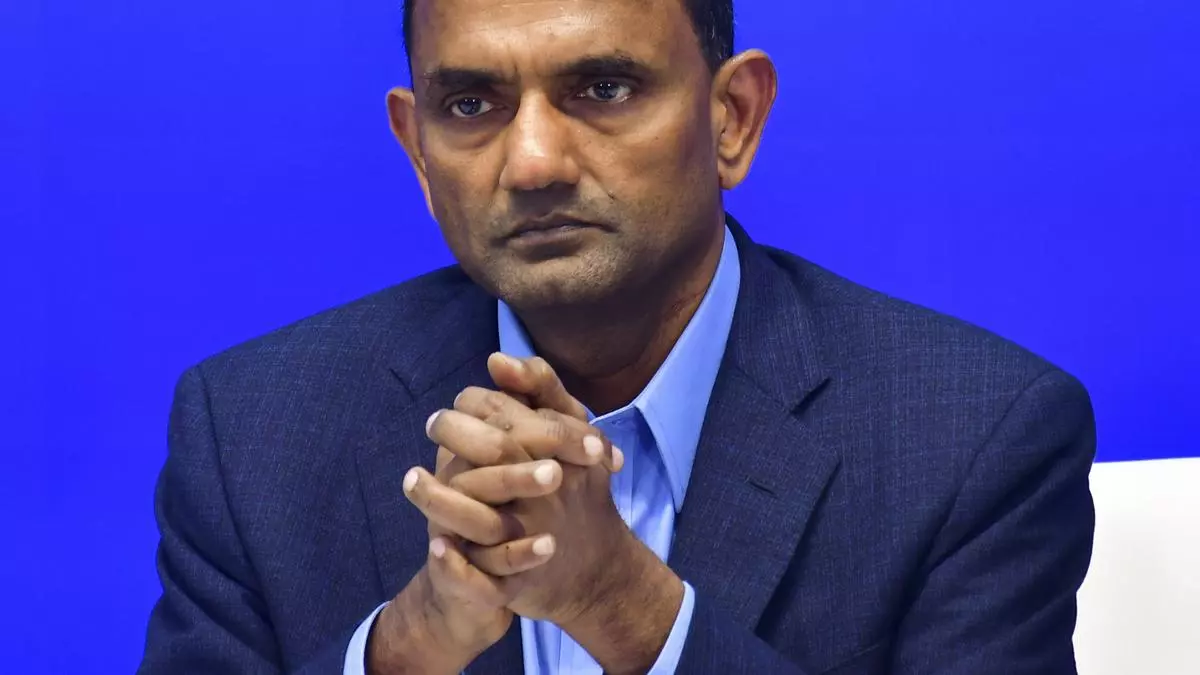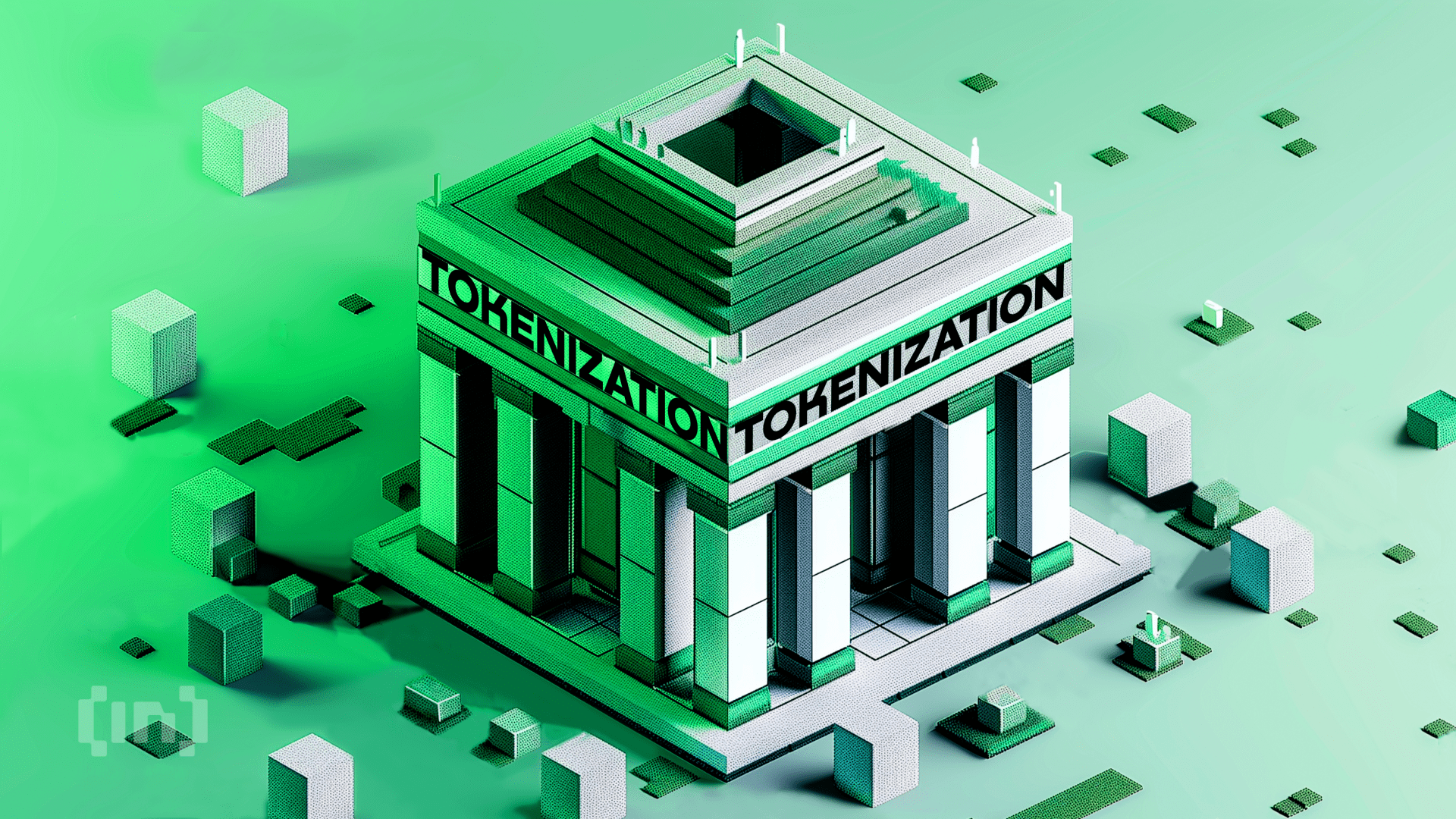What are the prospects of the Indian economy in the New Year? There are some clear goals that remain part of a policy continuum. These are: non-inflationary growth, price stability, a resilient external sector, and fiscal prudence (which impacts both growth and inflation). The growth and inflation dynamic in particular presents a challenge. Let’s examine these four factors below. The last two are essential to achieve the first and second.
Growth: The latest figures released on January 7 by the National Statistical Office (NSO) show that the GDP for 2024-25 (the expenditure method), which is the demand side growth, is significantly lower at 6.4 per cent in 2024-25 compared to 8.2 per cent in 2023-24. Growth emanating from the supply side, gross value added (GVA), also recorded a lower imprint of 6.4 per cent in 2024-25 as compared with 7.2 per cent in 2023-24.
Data revealed that the decline on the supply side primarily has its roots in the secondary sector (industrial sector) comprising manufacturing (5.3 per cent in 2024-25 as against 9.9 per cent 2023-24), electricity (6.8 per cent in 2024-25; 7.5 per cent in 2023-24), and construction (8.6 per cent in 2024-25; 7.5 per cent in 2023-24).
From the demand side, the decline in GDP was accounted for by a decline in gross fixed capital formation (GFCF), which represents investment in the economy. GFCF fell from 9 per cent in 2023-24 to 6.4 per cent in 2024-25. However, private final consumption expenditure (PFCE) increased to 7.3 per cent in 2024-25 from 4 per cent in 2023-24. Similarly, government final consumption expenditure rose to 4.1 per cent in 2024-25 from 2.5 per cent in 2023-24.
The numbers tell us of a decline in investment on the one hand and increase in consumption expenditure on the other. This is a matter of concern as consumption-led growth has potential threat to inflation. Furthermore, decline in the industrial output needs to be addressed in conjunction with the decline in investment. Is this decline transitory, durable, cyclical or structural? The fact that growth was up at the 8 per cent mark indicates that the fall is less on account of structural reasons and more in the nature of a transitory or a cyclical turn. That begs the question: Will the economy turn around on its own as the cycle changes, or will it need a policy impetus? It is here that we see the case for a rate cut, but with a note of caution. What is important in this context is lowering the cost of borrowed capital, but more importantly ensuring its timely delivery, particularly to micro, small and medium enterprises to not only revive growth but also drive employment.
Inflation targeting
Beginning 2016, the RBI followed the flexible inflation targeting (FIT) framework which requires it to maintain inflation at an average of 4 per cent and within a band of 2 per cent to 6 per cent. This system works in essence with three targets: the operating target, the intermediate target and the outcome target. The operating target is the weighted average call rate (WACR), the intermediate target is inflation forecasting and the outcome target is the FIT band. It must be noted that the RBI has been fairly successful in its liquidity management, keeping WACR in sync with the policy repo rate by using its monetary policy instruments such as term repo, variable reverse repo and standing deposit facility (SDF).
However, the inflation forecasting of the RBI leading to the end outcome has not been satisfactory. This is because food inflation has remained at a higher level. Going forward, the MPC’s projection of bringing down the inflation rate to 4 per cent in Q2 of 2024-25 is rather optimistic. This is because of uncertainly and unpredictability of energy prices (which are at a lower end right now), pressure from input costs, further pressures from risks to weather events emanating from climate change.
External sector: India is a fairly open economy. Therefore, the resilience of the external sector is critical. In this context, the current account sustainability along with hierarchy of capital flows, with a priority for FDI flows, is important. The latest data released by the RBI for Q2 of 2024-25, the CAD remained at 1.2 per cent of GDP as against 1.3 per cent of GDP in Q2 of 2023-24. The lower CAD was mainly on account of higher “computer services” and remittances by Indians employed overseas, despite higher merchandise trade deficit. Both of these contributing to lowering the CAD will likely not stay in a world marked by growing AI offerings and protectionist forces contributed by geopolitical tensions.
According to India’s International Investment Position for September 2024, the share of debt liabilities accounted for 52.7 per cent (up from 51 per cent for September 2023) and the balance 47.3 per cent are non-debt liabilities, which include FDI. Debt liability is a cause of concern in terms of repayment and interest.
Fiscal prudence
In the anatomy of economic structures, the fiscal sector is the heart while the fiscal deficit and associated debt-to-GDP ratio symbolises obesity. The Indian authorities have adhered to the Fiscal Responsibility and Budget Management (FRBM) Act, the latest version of which enacted in 2018 mandates that the fiscal deficit of the Centre should be no more than 3 per cent of the GDP and the debt-to-GDP ratio should be capped at 40 per cent. As against this, the medium-term fiscal rolling target as set out in the Union Budget 2024-25, fiscal deficit has been placed at 4.9 per cent and debt-to-GDP ratio at 56.8 per cent.
India being a federal set-up, with a unitary bias, the Central government should set examples for the State governments in prudent fiscal management. This was also highlighted in the RBI Annual Report of 1991-92, when the economic reforms were first rolled out. The adverse implications of revenue deficit both at the Centre and States level has been relegated to the background in the FRBM Act, 2018. In this context, it is important that the 16th Finance Commission should recommend the elimination of the revenue deficit as a mandatory target as it originally was in the FRBM Act, 2003. This will ensure fiscal discipline and prudence.
In sum, reviving non-inflationary and sustainable growth will remain a challenge till some of the above issues are addressed. The slippage in capital expenditure and continuation of the revenue deficit carry an adverse effect for growth.
The writer is a former central banker and Professor at Gokhale Institute of Politics and Economics, Pune. Views are personal. Through The Billion Press









Leave a Comment